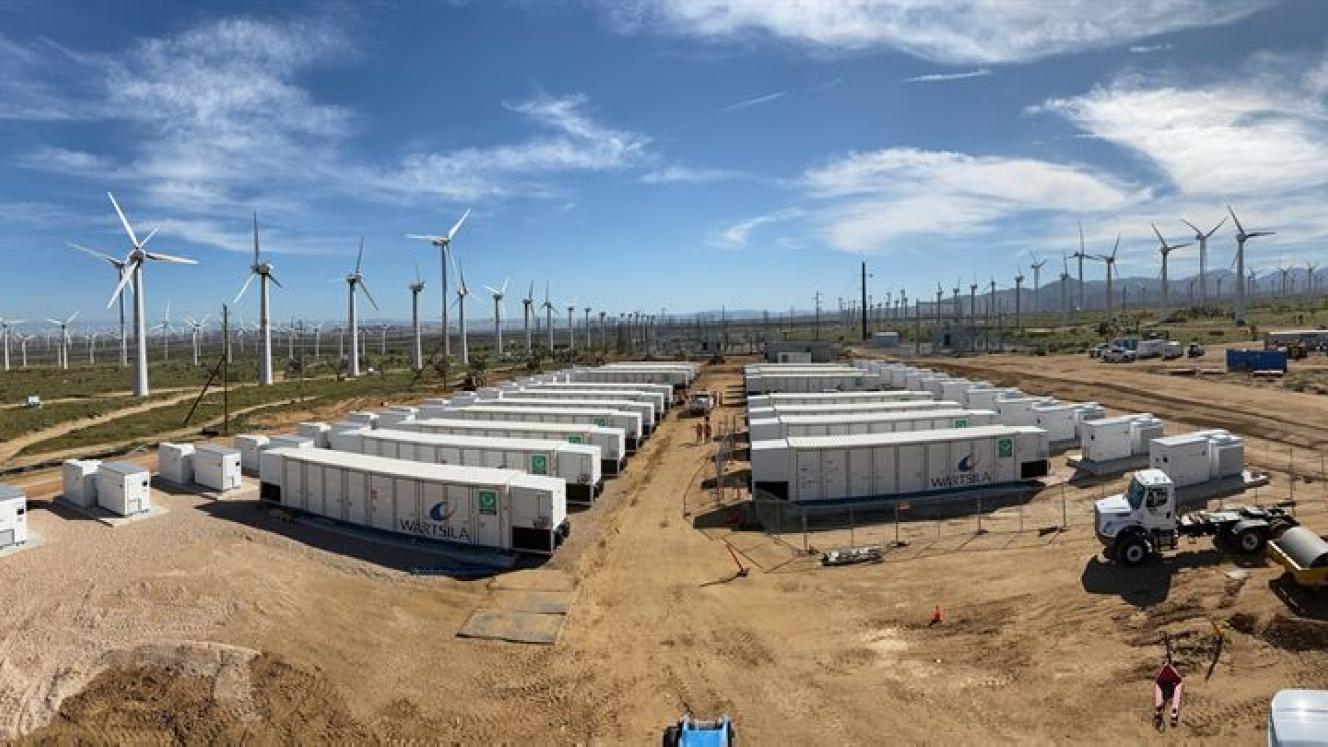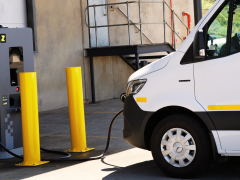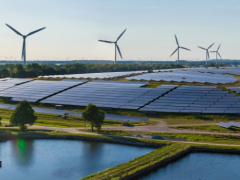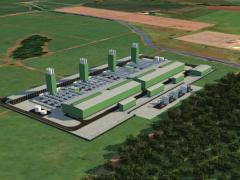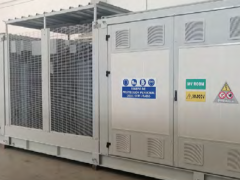According to a recent report in The Economic Times, the Solar Energy Corporation of India (SECI) is planning a 2000 MWh standalone energy storage system to be built and operated by the private sector. The state-owned solar energy focused corporation said the projects will be set up on a build-own-operate (BOO) basis with a 25-year agreement.
India has announced ambitious renewable energy targets (mainly for solar and wind sources) of 175 GW by 2022, 275 GW by 2027, and 450 GW by 2030. However, the capacity value of these variable renewable energy sources is limited without grid-scale energy storage.
Last month, India’s state-run power utility, NTPC, invited expressions of interest from domestic and global companies for 1000 MWh of grid-connected battery energy storage system (BESS) on the premises of its power projects across India. According to a study, the cost for storage was estimated at US$203/kWh in 2020 which will reduce to US$134/kWh in 2025.
Editor’s note: The cost of storage reflected above may seem exorbitant but must be understood to be the capital cost of the storage unit divided by its capacity in a single charge. This means that the more times it is charged and discharged, the lower the real cost of storage becomes.
